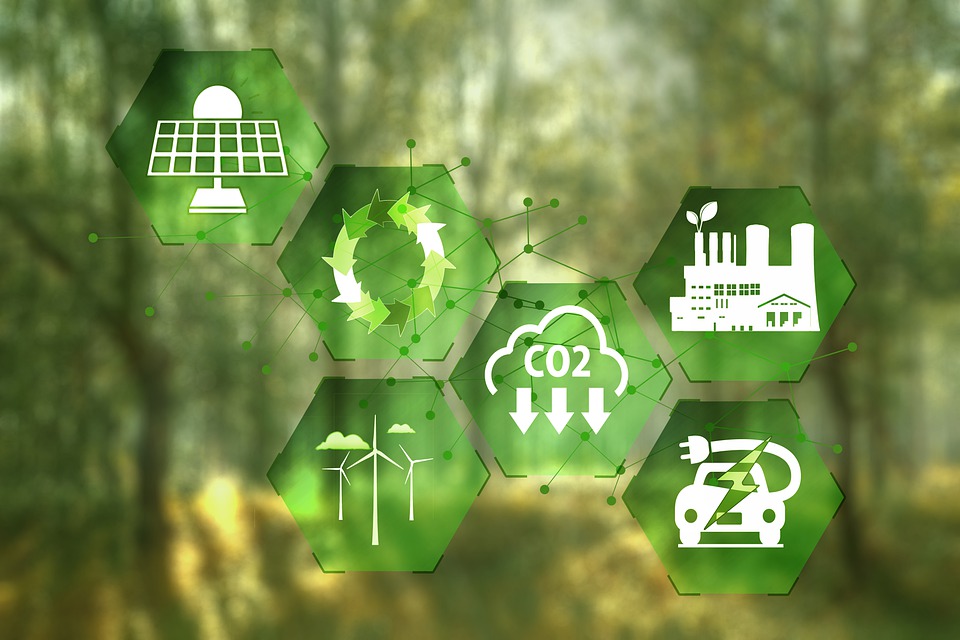
Pixabay
One of the most effective solutions to the climate crisis is the transition to renewable energy. Renewables include solar, wind, and hydropower, and are a more sustainable and safer alternative to fossil fuels, which are the main source of greenhouse gas emissions. In addition, these renewable energies are inexhaustible and do not emit greenhouse gases, which makes them a more sustainable and ecological option in the long term.
Technology in the field of renewable energy is also advancing rapidly. The efficiency of solar panels and wind turbines has improved considerably in the last decades, and this has allowed to reduce the costs and improve the accessibility of these technologies. In addition, there are increasingly advanced solutions for the storage of renewable energy, which allows greater flexibility in the use of this energy.
Another crucial technology to address the climate crisis is carbon capture. Carbon capture is a process that allows the collection and storage of carbon dioxide emitted by power plants and other industries. This technology helps reduce greenhouse gas emissions and reduce the amount of these gases in the atmosphere. In addition, there are advanced carbon capture technologies that allow for the reuse of collected carbon dioxide, opening up new opportunities for a greener and more sustainable economy.
Importantly, the implementation of renewable energy and carbon capture technologies not only helps address the climate crisis, but also has a positive impact on the economy and job creation. The implementation of these technologies creates new business and employment opportunities, which drives economic growth and improves people's quality of life.
The transition to renewable energy and the implementation of carbon capture technologies are important steps to address the climate crisis. These technologies not only help reduce greenhouse gas emissions, but also have a positive impact on the economy and people's quality of life. Therefore, it is necessary to continue investing and developing these technologies to achieve a more sustainable and secure future for all.
In addition to the economic and environmental advantages of renewable energy and carbon capture, there are also a number of scientific and mathematical principles that support its use and effectiveness. In the case of solar energy, for example, the incident solar energy formula can be used to calculate the amount of energy that can be generated at a given location:
E = S * A * η
Where E is the generated energy, S is the incident solar radiation, A is the collector area and η is the efficiency coefficient of the solar energy generation technology.
In the case of carbon capture, physical and chemical processes are used to collect and store carbon dioxide. For example, a commonly used technique is chemical absorption, in which a solvent is used to capture carbon dioxide from the off-gas stream. This process can be described by the following chemical equation:
CO2 + M (solvent) -> MCOOH
where CO2 is carbon dioxide, M is the solvent, and MCOOH is the resulting compound after absorption.
In summary, the transition to renewable energy and the implementation of carbon capture technologies are supported by a solid base of scientific and mathematical knowledge. By using specific formulas and processes, the efficiency and effectiveness of these technologies in the fight against the climate crisis can be guaranteed.
Bibliographic reference
Wind Energy: Fundamentals, Resource Analysis and Economics by Bent Sørensen, 2005.
Carbon Capture and Storage: Past, Present, and Future by M.H. Gold and G.E. King, published in 2012.